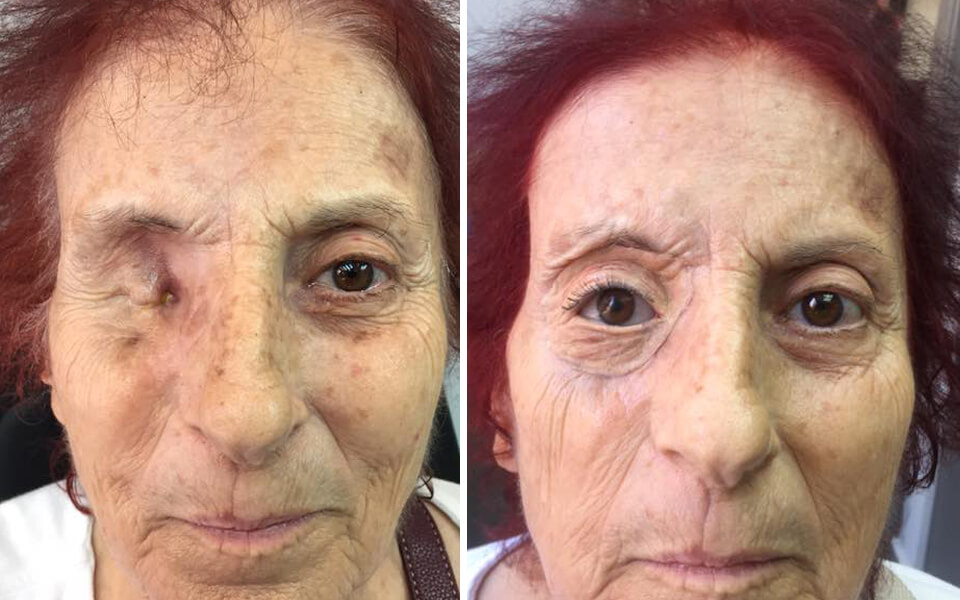The Ocular Prosthesis is the procedure in which we place a fake eye instead of a non-existing, a disfigured or a discolored eye. In all these cases, we determine the prosthetic eye’s type and placing procedure according to the condition and the reason behind putting it. The prosthetic eye is custom made to match the other eye perfectly.

Ocular Prosthesis
Learn more about the types & causes of Ocular Prosthesis!
Custom made 3D prosthetic eye
Both procedures of removing the entire natural eye (enucleation) and removing the contents of a natural eye (evisceration) require a prosthetic restoration by replacing the damaged eye with a prosthetic one. The process of fitting the prosthetic eye consists of many steps. First, we begin by taking an impression mold to determine accurate shape and measurements. Moreover, we ensure that the prosthesis has perfect movement, is comfortable, and matches in appearance with the other eye. Mr. Hassan Awada, personally creates the prosthetic eyes. He uses advanced art and sculpting techniques to make the prosthetic look most life-like. And, he aims at recreating the closest color match with the natural eye.
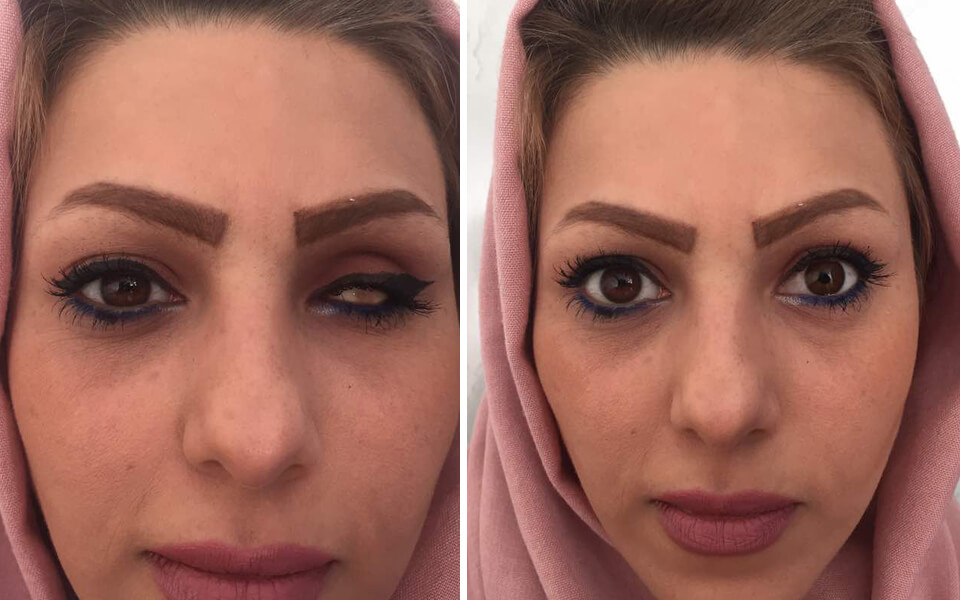
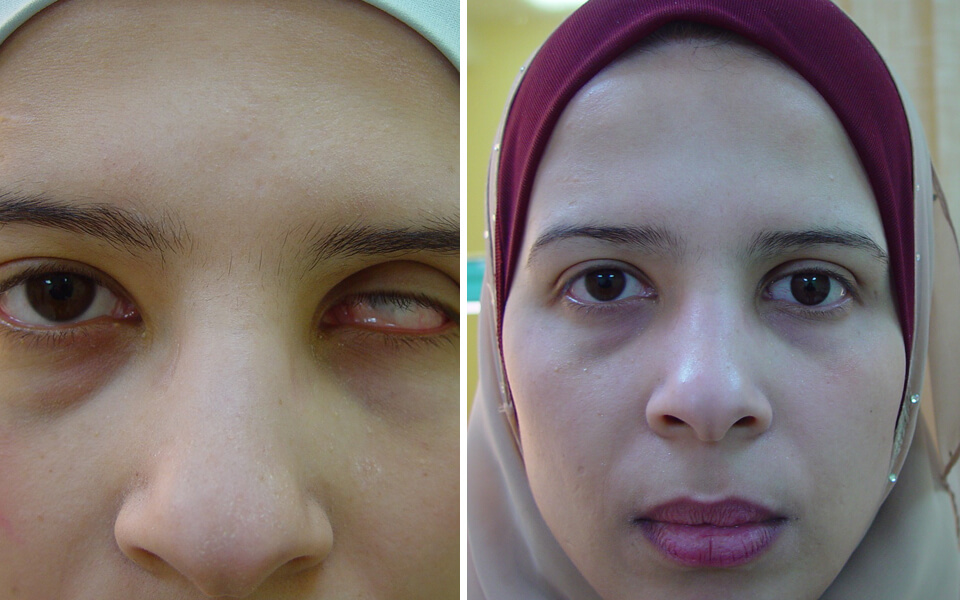
Scleral Cover Shell Prosthesis
Patients suffering from a discolored or a disfigured eye can wear a scleral cover shell prosthetic eye to hide any blemish. This shell covers all the surface of the blemished eye and restores its appearance. With this intention, the scleral cover shell should be comfortable, cosmetically matching, and naturally moving. The procedure of placing this type of prosthetic eye does not require a surgery and can be done in one appointment. First, the procedure starts with a custom impression mold. We use this mold to create a shell that fits anatomically. Mostly, one that matches the natural eye exactly. Most scleral shell prosthetic eyes preserve an excellent movement and a perfect life-like appearance.
Prosthetic Eye Movement
Given that Awada Vision uses the 3D technology, we are able to create prosthetic eyes that match perfectly. Therefore, the artificial eye can move easily and in harmony with the sane eye.
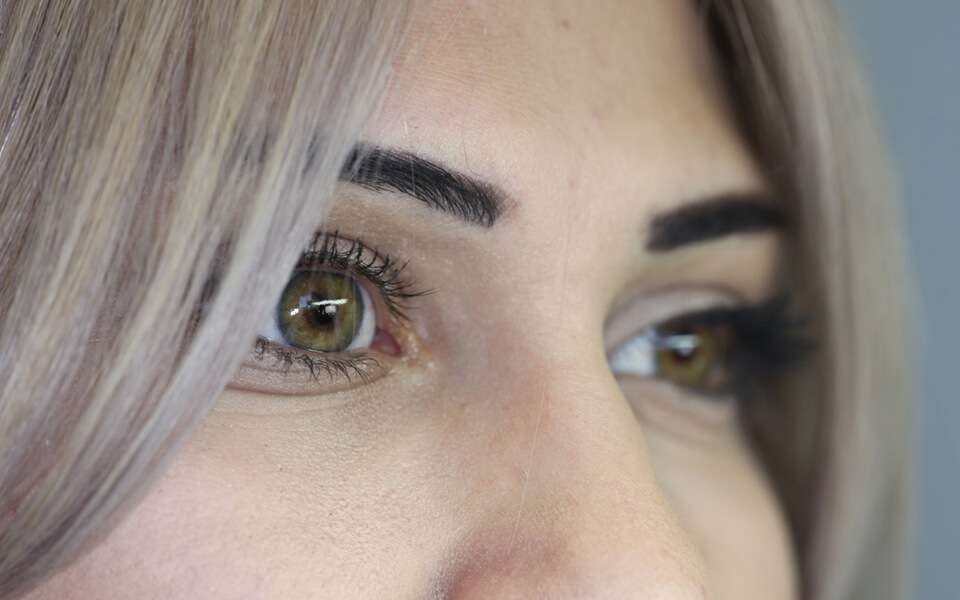
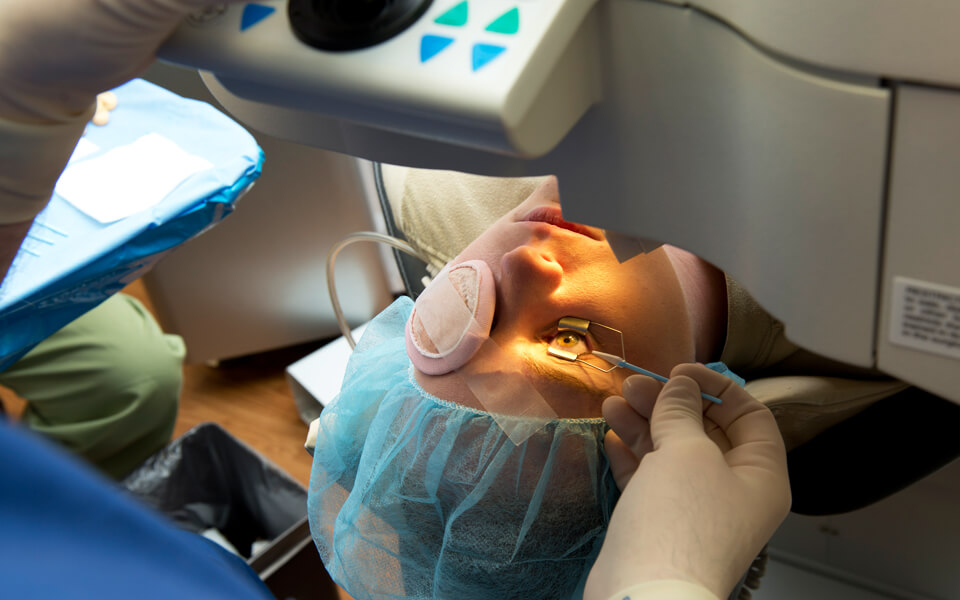
Enucleation and Evisceration Surgeries
The enucleation surgery is the disconnection of the eye muscle and optic nerve, including the removal of the eyeball and all the internal contents of the eye. After this, we re-attach the muscles to an ocular implant that will replace the volume and deliver movement to the ocular prosthesis.
The evisceration surgery is the removal of the internal contents of the eyeball including the iris, lens, and retina while keeping the muscles and optic nerve intact. Then an orbital implant will replace the lost volume and deliver movement to the ocular prosthesis.
Prosthetic Eyes for Children
After an accident causing an eye loss, or due to a disease or birth defect, your child might need a prosthetic eye.
Although the process that we follow to place the artificial eye is the same as for adults. However, Awada Vision puts more care and understanding of the child’s sensitivity and feelings when placing the artificial eye. Moreover, children need to attend follow-ups more frequently than adults after the placement of the prosthetic eye.
Frequently, we recommend an enlargement or replacement due to the growth of the child and possible color changing.
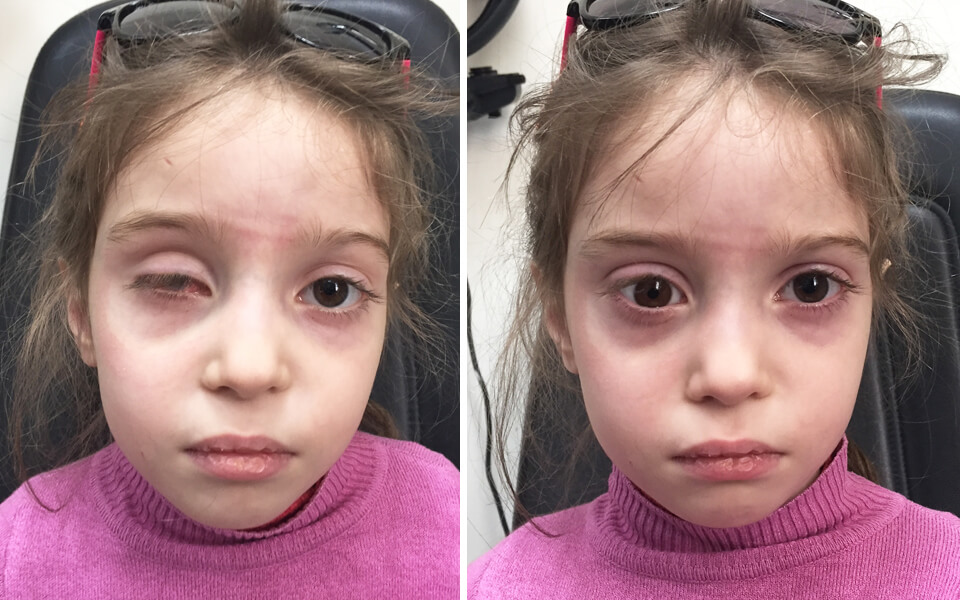
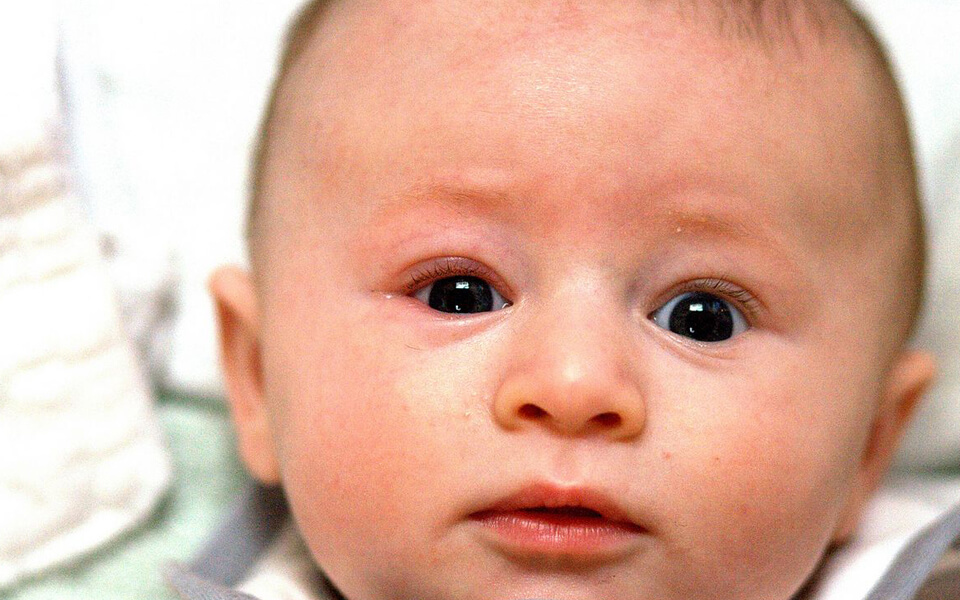
Retinoblastoma
Although these cases are rare, they need special attention. Especially frequent amongst young children, retinoblastoma affects the eye retina. Usually, it is detectable through the appearance of a white reflection in the pupil. When faced with such case, we strongly advise you to consult your doctor immediately.
Anophthalmia and Microphthalmia
For children diagnosed with congenital anophthalmia (the absence of the globe and ocular tissue) or congenital microphthalmia (the condition of abnormally small eyeballs) an ocular prosthesis is highly recommended. For the reason of restoring the appearance and support the eye socket development. This prosthesis will need follow-up every few months at Awada Vision Center to monitor the fitting of the artificial eye compared to the growth of the child.
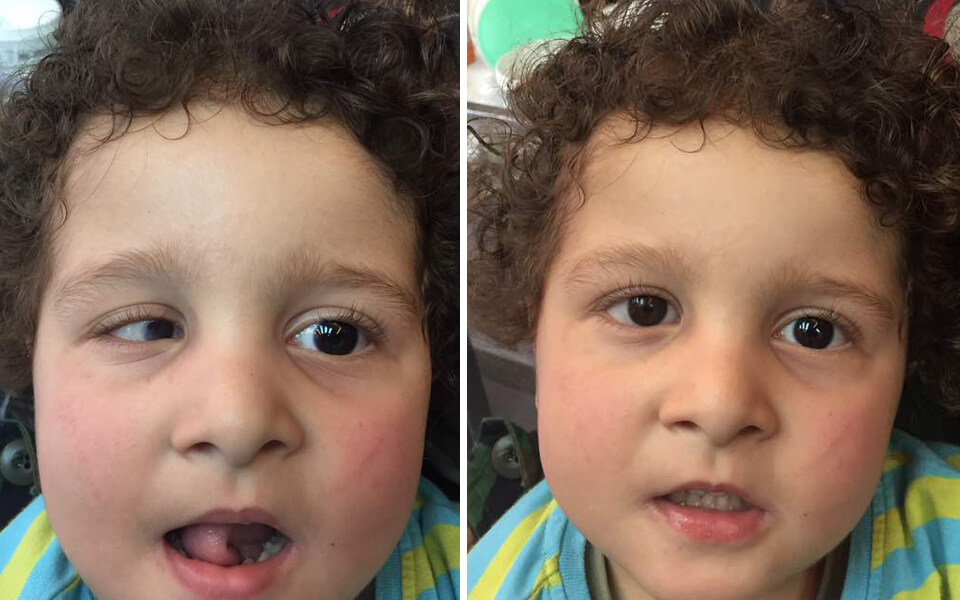
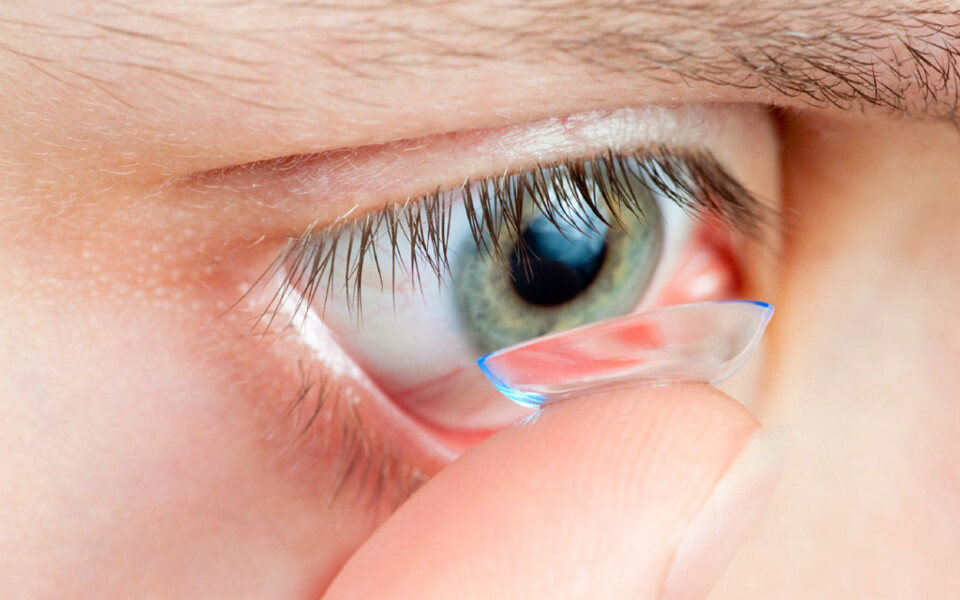
Cosmetic Contact Lens
For patients with a blemished eye condition, a custom hand painted contact lens is the best option. It offers comfort and cosmetic restoration to the blemished eye. Furthermore, the cosmetic contact lens is custom made at Awada Vision Center, using the colors of the other eye in order to create a perfectly matching one.
Facial Prosthetics
In conditions such as traumatic injuries, cancer resections, or in congenital conditions such as microtia, a facial prosthesis is recommended in order to restore the foremost features. Facial prosthesis is an alternative surgery that consists firstly, of implementing a prosthetic silicone restorative feature for the patients. It aims at restoring underdeveloped or missing facial anatomy such as ears (auricular prosthesis), nose (nasal prosthesis), and orbit (orbital prosthesis). The facial prosthetics are custom made at Awada Vision Center, sculpted and painted. With this in mind, they should fit beautifully and subtly with the face and fill in the missing parts. The facial prosthetics are like skin adhesives. Also, sometimes they attached to the face with osseointegrated implants.
